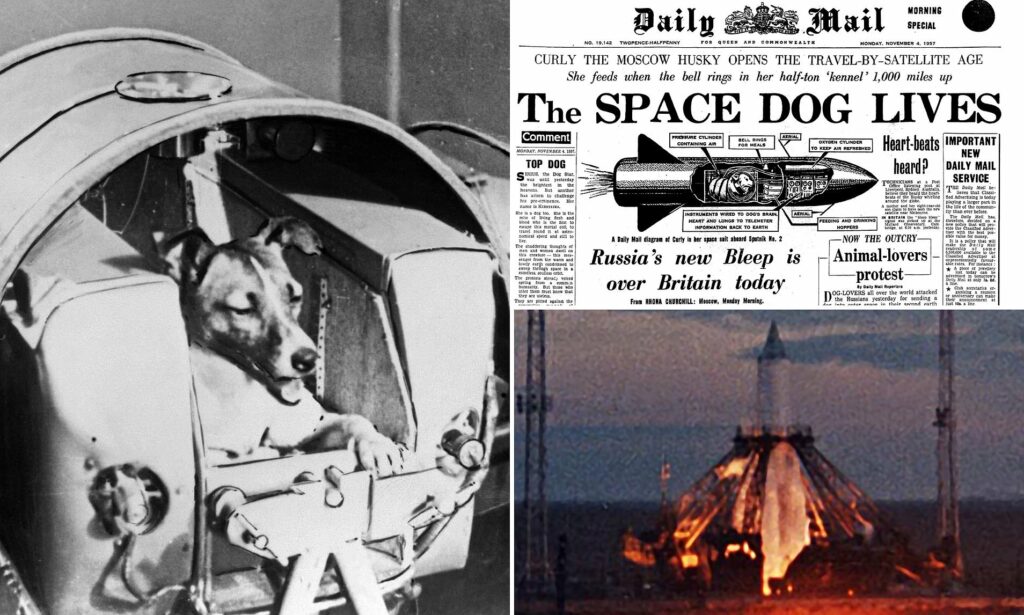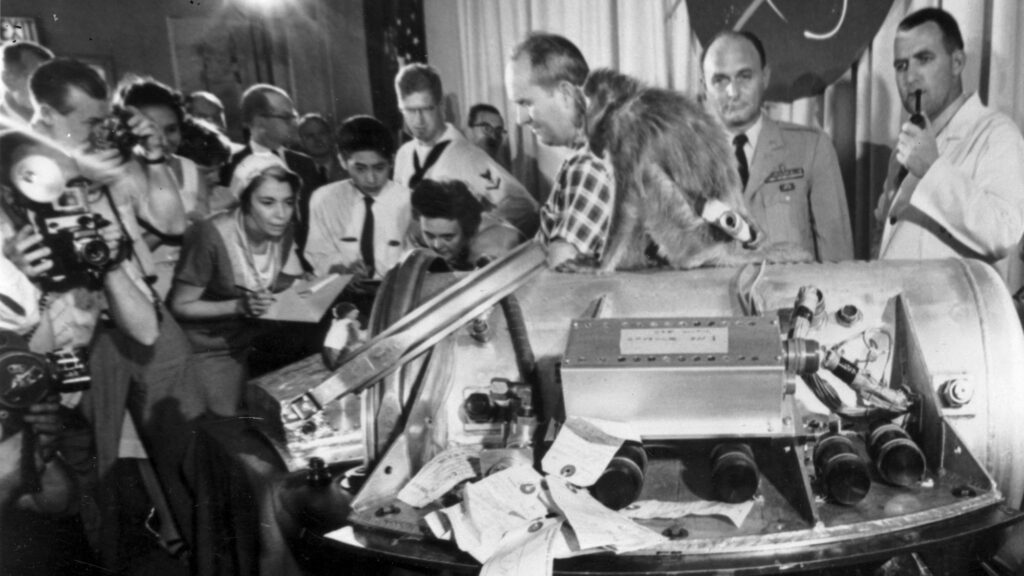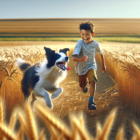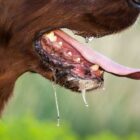Why did space agencies send animals to space in the past?

The history of space exploration is marked by daring endeavors, technological triumphs, and the curious pioneers who ventured into the unknown, including some of Earth’s non-human inhabitants. The decision to send animals to space in the past was not merely an experimental whim but a calculated scientific approach to understanding the effects of space environments on living organisms.
Pioneering Scientific Endeavors
In the mid-20th century, during the intense space race between the United States and the Soviet Union, both nations sought to unravel the mysteries of space travel and its potential impacts on living organisms.
These experiments aimed to simulate and understand the physiological and psychological effects of the harsh space environment on biological systems. References to seminal research conducted by specialists in space medicine and animal biology, such as “Animals in Space” by Colin Burgess and Chris Dubbs, underscore the scientific rationale behind these missions.
Understanding Biological Responses to Space Conditions
Animals, ranging from fruit flies and mice to dogs and monkeys, were selected for their physiological similarities to humans. They served as living test subjects to observe and record how living organisms would react to microgravity, radiation, and the vacuum of space.
The observations made during these missions provided invaluable insights into the effects of space travel, for example weightlessness, radiation exposure, and other challenges faced by living beings outside the Earth’s atmosphere.
Animals in the Space Programs
The annals of space exploration narrate a saga that includes not only the endeavors of astronauts but also the courageous journeys undertaken by various animals. From fruit flies to monkeys and dogs, these extraordinary animal pioneers were instrumental in advancing our understanding of the impacts of space environments on living organisms.
Fruit Flies: Laying the Foundation
The pioneering missions of the mid-20th century began with fruit flies—a tiny yet significant start. In 1947, the Soviet Union propelled fruit flies aboard an experimental rocket, marking the first living beings to travel in space.
Their role in contributing to our understanding of the biological effects of space travel was foundational, as they provided crucial insights into radiation exposure and microgravity. References to this pioneering mission can be found in various historical accounts and scientific papers related to space exploration.
Laika and Soviet Missions
Laika, a stray dog, became the first living mammal to orbit the Earth aboard Sputnik 2 in 1957, marking a monumental achievement in space history.
Although her mission was tragic as she did not survive, Laika’s journey provided invaluable data on the physiological and psychological impacts of space travel on living beings. Accounts of her mission and its scientific significance are detailed in books such as “Laika: The First Dog in Space” by S. Laikin and O. G. Gazenko.

Monkeys in Space: A Key to Understanding Human Responses
The use of monkeys in space exploration, such as Able and Baker, became instrumental in studying the effects of space travel on primates. Their missions during the Mercury and Gemini programs provided critical data on the physiological impacts of microgravity, radiation, and acceleration on the human body. These missions aimed to pave the way for human space travel and are extensively documented in scientific publications and historical records of early space programs.
Rodents, Rabbits, and More: Diverse Contributions
Beyond dogs and monkeys, various other animals were also sent into space, including rodents, rabbits, and even insects. These missions contributed to our understanding of the biological and physiological effects of space conditions on different species. The insights gained from these experiments have been pivotal in shaping our understanding of the challenges and adaptations required for life beyond Earth.
Scientific and Technological Progress
The data collected from these animal space missions played a pivotal role in shaping life support systems, spacecraft design, and biomedical research for future human spaceflights. Insights gained from these missions contributed to the development of countermeasures to counteract the adverse effects of space travel on the human body, thus advancing the field of space medicine.
As technology advanced and ethical concerns grew, space agencies shifted towards robotic explorations and simulations, reducing the need for animals in space experimentation. This change in approach reflected an emphasis on technological advancements, promoting animal welfare in scientific research, and prioritizing the safety of future human astronauts.
Their invaluable contributions of animals and the lessons learned from their missions have left an indelible mark on the history of space exploration. The legacy of these animal space missions continues to influence and shape the trajectory of space exploration endeavors today.
The Sad, Sad Story of Laika, the Space Dog, and Her One-Way Trip Into Orbit
Laika the space dog: First living creature in orbit










